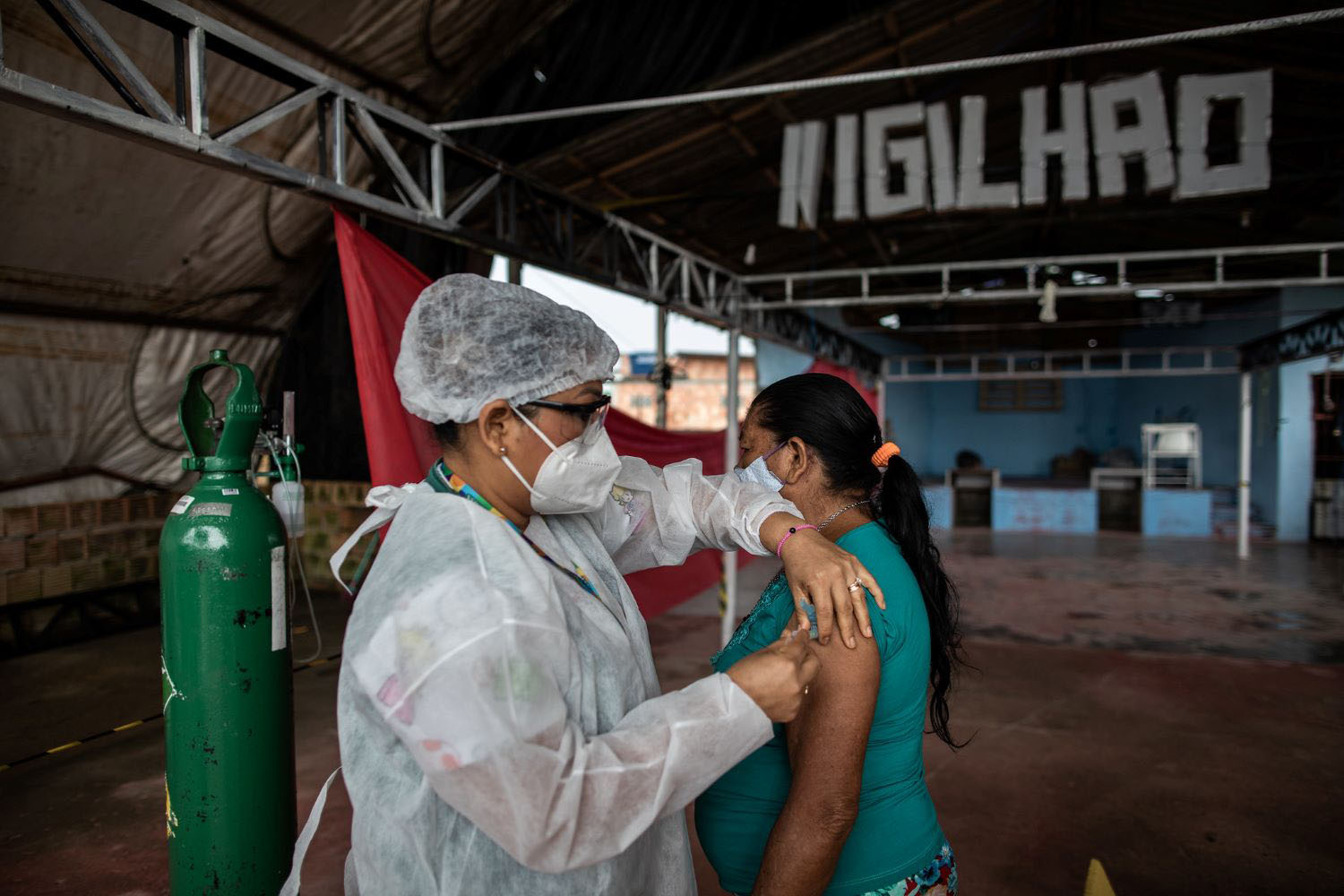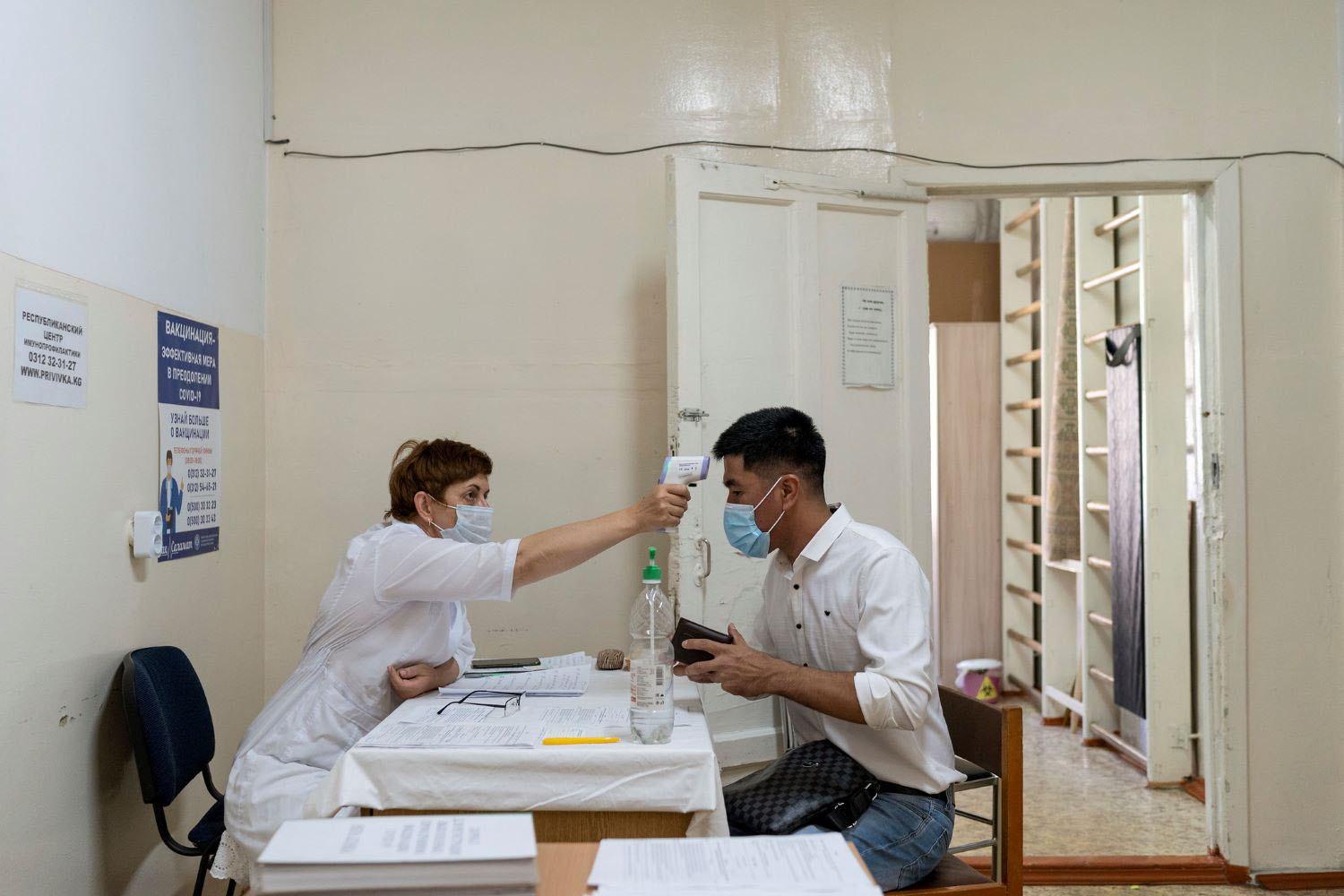USAID Administrator Rajiv Shah gave a speech yesterday at the National Institutes of Health, highlighting his aspirations for U.S. leadership on global health. By 2015, among other goals, he hopes that “the majority of all children have access to pentavalent, rota, pneumo and meningitis vaccines and that we have eradicated polio.”Unlike some aspirational goals, this goal is actually feasible and affordable.Vaccination is among the most cost-effective health interventions in the world. Fully funding the GAVI Alliance—the organization that funds childhood vaccination in the poorest countries of the world—can prevent 4.2 million child deaths before 2015. (For a great summary of the evidence base on the human and economic impact of vaccination, see here.)Further, funding GAVI is in the U.S. interest. Given the globalization of travel and transport, increasing vaccination coverage overseas can reduce vaccine-preventable disease outbreaks in the U.S. and—in the case of polio eradication—potentially reduce the costs of U.S. vaccination programs in the future.But there is a gap between aspirations and budget realities. Although laudable efforts have been made to increase the U.S. contribution to GAVI, the Administration’s FY2012 budget proposal is only $115 million, a nominal increase from its $78 million contribution in 2010. Note also: in the House of Representatives continuing resolution on the FY2011 budget, Connie Veillette reports here that that Global Health and Child Survival account as a whole drops by more than 20% from FY2010 and nearly 40% from the FY2011 request.To put the potential U.S. contribution in context, in 2009, Norway—a country of 4.8 million people—contributed more to GAVI than the U.S.—a country of 307 million (see here). In terms of cumulative contributions, the U.S. has funded about 13 percent of GAVI activities over the past decade while Norway has provided 16 percent. The Bill & Melinda Gates Foundation—a single (but wealthy!) American family—has cumulatively contributed more than both countries combined, even though communicable disease prevention and control is a classic public good.To be a true global health leader, it is time for the U.S. to step up. If Norway can contribute 16 percent, the wealthiest country in the world can afford to contribute at least 20 percent. Let’s see a budget allocation of at least $175 million—it still won’t be our fair share, but it would be a step in the right direction.
CGD blog posts reflect the views of the authors, drawing on prior research and experience in their areas of expertise.
CGD is a nonpartisan, independent organization and does not take institutional positions.





